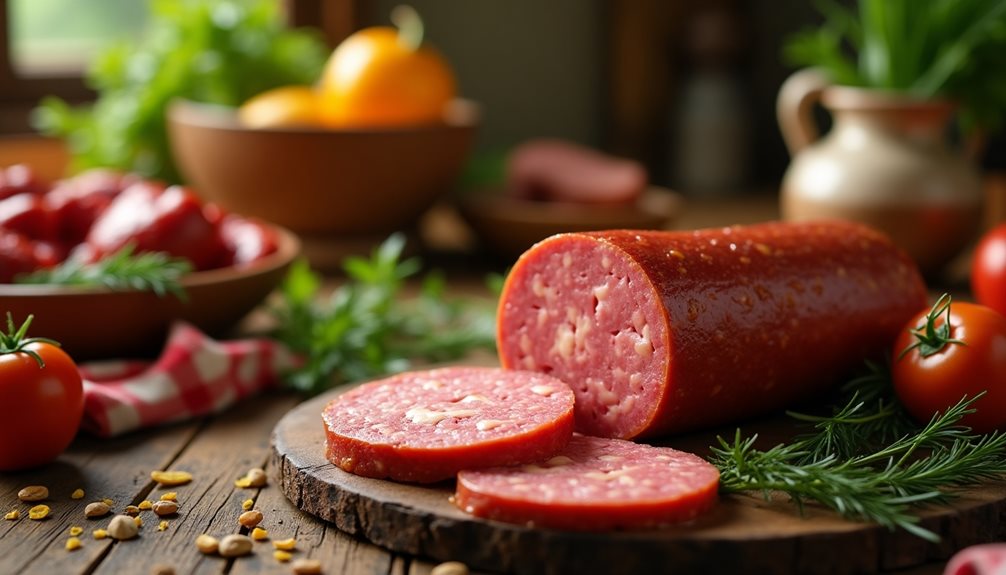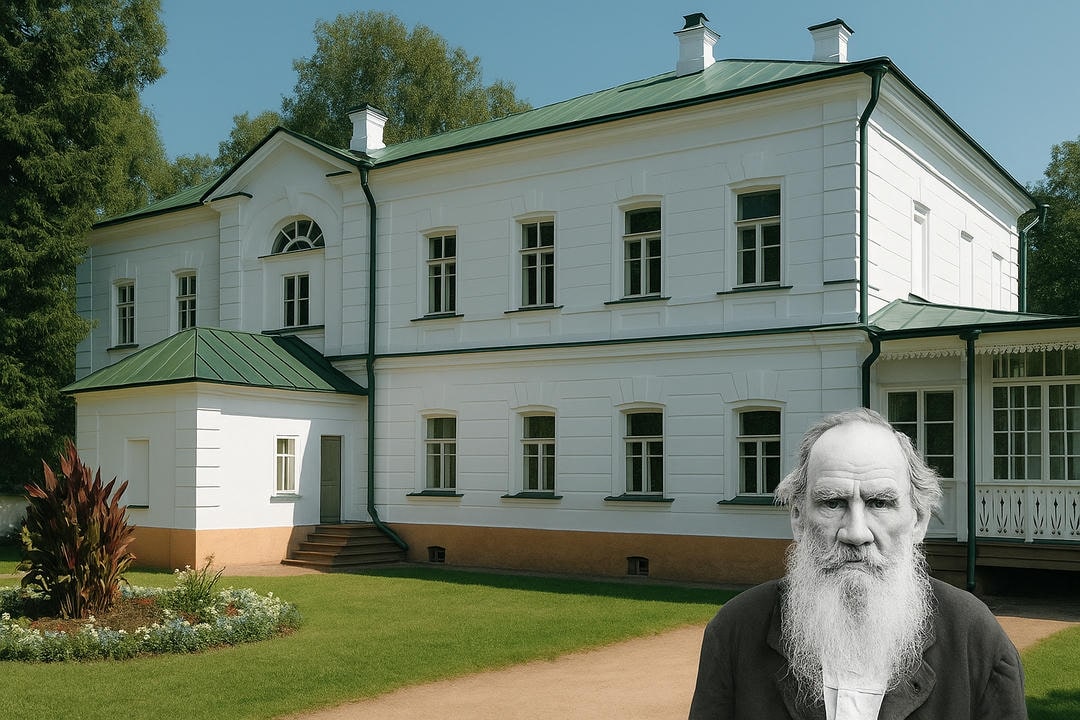When you think of the Russian kitchen, Doctor’s sausage (Докторская колбаса) likely comes to mind. This iconic staple has roots in the Soviet era, symbolizing a blend of resourcefulness and tradition. Its mild flavor and quality ingredients make it a versatile choice for many meals. But what makes it so significant in today’s culinary landscape? The answer lies in its rich history and the way it connects generations. Let’s explore its journey through time.
The Origins of Doctor’s Sausage

Doctor’s sausage was first introduced in 1936 by the All-Russian Research Institute of the Meat Industry. It was developed as a dietary product to aid people recovering from malnutrition and health issues caused by the hardships of the Russian Civil War. Its name, “Doctor’s sausage,” reflects its original purpose as a “doctor-recommended” food for those with compromised health. The recipe was carefully formulated to be easily digestible, low in fat, and mild in flavor, making it suitable for individuals with liver or stomach issues.
The first production took place at the Moscow Meat Processing Plant under the supervision of Anastas Mikoyan. Its affordability and nutritional value made it a symbol of prosperity during times of scarcity in the Soviet Union. Over time, Doctor’s sausage became a staple of Soviet households and a benchmark for economic comparisons, such as measuring purchasing power by how much sausage could be bought with an average salary.
The Ingredients That Define Doctor’s Sausage
At the heart of Doctor’s sausage lies a carefully curated blend of ingredients that sets it apart from other sausages.
You’ll find high-quality meats, often a mix of beef and pork, ensuring a rich flavor and tender texture. The seasoning balance is essential; mild spices like garlic and white pepper enhance the meat without overpowering it.
This harmonious mix results in a subtle taste that appeals to many. Each bite reflects a dedication to quality and tradition, making Doctor’s sausage a beloved staple.
Whether enjoyed in a sandwich or alongside fresh bread, it’s a culinary experience you won’t want to miss.
The original recipe adhered to strict GOST standards (state quality standards) and included:
- 25 kg of beef
- 70 kg of semi-fat pork
- 3 liters of milk
- 2 liters of eggs
- Salt, sugar, cardamom, and ascorbic acid as stabilizers.
This simple yet high-quality composition ensured that it was both nutritious and flavorful.
Characteristics and Popularity
Doctor’s sausage is similar to bologna or mortadella but is distinguished by its pale pink color, smooth texture, and lower fat content. It remains a popular choice in Russia and other post-Soviet states due to its nostalgic value and versatility in dishes like sandwiches or salads.
Despite modern variations by different manufacturers, many still attempt to replicate the original GOST recipe. Its enduring appeal lies in its historical significance, affordability, and connection to Soviet-era culture.
Symbol of Soviet Culinary Heritage
Doctor’s sausage holds a cherished place in Soviet cuisine, celebrated for its versatility and delicate flavor. This beloved deli meat became a staple in Soviet snacks, often enjoyed in sandwiches or alongside hearty soups like Solyanka, evoking culinary nostalgia that transports you back to simpler times when families gathered to share meals. Its mild taste pairs well with a variety of foods, making it a favorite at picnics and celebrations alike.
As a cultural symbol of Soviet prosperity, Doctor’s sausage was more than just a dietary product. During periods of scarcity, it was easier to obtain than other meats, making it a household staple. Families creatively used it in dishes such as Olivier salad, pasta sauces, and simple sandwiches with butter on fresh bread. Its delicate milky flavor and smooth texture made it suitable for both everyday meals and festive occasions. For many Soviets, a breakfast featuring fried Doctor’s sausage with eggs symbolized comfort and stability.
Interestingly, Doctor’s sausage also became a marker of social status. While smoked salami was considered a luxury, Doctor’s sausage was seen as more attainable yet still desirable. It was humorously referenced in Soviet jokes and riddles, highlighting its role in everyday life. For millions of Russians, it remains a nostalgic reminder of childhood and family gatherings. Though its recipe has changed over time—modern versions often include fillers like starch or soy—the original flavor is fondly remembered by those who grew up during the Soviet era.
Why Doctor’s Sausage Remains a Favorite Today

Today, Doctor’s sausage continues to inspire culinary creativity. Modern chefs have reimagined this classic ingredient in innovative ways, such as gourmet dishes like stuffed pastries or savory quiches, fusion cuisine like tacos or ramen bowls, and elevated classics using high-quality ingredients to recreate the original GOST recipe. These adaptations honor traditional flavors while introducing new possibilities that keep Doctor’s sausage relevant in contemporary kitchens.
The sausage symbolizes a sense of comfort, embodying the spirit of unity and resilience in a time of scarcity. Its cultural significance extends far beyond its humble ingredients, representing comfort and tradition in Russian culinary heritage. It reflects a time of shared meals, family gatherings, and community bonding. Whether served on special occasions or as an everyday treat, Doctor’s sausage connects you to the heart of Russian identity, reminding you of the flavors that shape a nation’s story. In every slice, you can almost taste the history, as it brings together generations around the dinner table.




